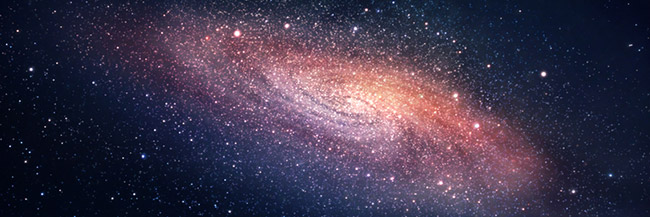The Supernova

According to Jesse Allen, an astrophysicist with NASA, “A supernova is an explosion at the end of the life of certain types of stars.” They are celestial events, when a tremendous amount of energy is released. For a few days after the explosion, the supernovas are extremely bright, and rival all the light of all the stars in a galaxy combined. They can occur in galaxies anywhere throughout the Universe. The last one seen in this galaxy was in 1604.
- Supernovae
- All About Supernovas
- What is a Supernova?
- Supernovae-A Basic Definition
Studying Supernovas
Astronomers study supernova in a variety of ways using huge telescopes like the Hubble Space Telescope. There are different types of telescopes; ones that use wavelengths, and optical telescopes which measure the amount of light being emitted by a supernova. Studying supernovas can give astronomers a great deal of knowledge into how they work and what happens before, during and after they explode.
The Hubble Telescope website says supernovas can happen in two ways, “When massive stars run out of fresh nuclear fuel, there is no more pressure to sustain them against their own weight. The central part of such a star then collapses. The outer layers of the star fall in on the core and then rebound in a tremendous explosion.” Also when, “Matter piling up on the compressed core of an already-dead star, known as a white dwarf, can reach sufficient density to trigger a thermonuclear explosion.”
- Supernova Chandra Lesson Plan
- Supernova Chemistry
- Supernova Printable
- Supernova RCW 86
- Why Should We Care About Exploding Stars?
Importance of Supernovas
According to Allen, supernovas can affect us in some important ways. He says, “First and foremost, we and much of the Earth are made of the material supernovae created. According to current theories about the formation of the Universe, all of the original material in the Universe was hydrogen and helium, with very slight traces of some other materials. All the stuff we, and the Earth around us, are made of, like iron and oxygen and carbon, has come from that initial material being fused to form heavier elements in the cores of stars. But the heaviest elements, like iron, are only formed in the massive stars which end their lives in supernovae. Our blood has iron in the hemoglobin which is vital to our ability to breath. So without supernovae, most forms of life on Earth, including us, would not be possible. And much of the material the Earth is made of would not exist.” Astronomers also believe that the shockwaves created by supernovas are vital to the formation of new stars. If it weren’t for supernovas, we wouldn’t have any new stars.
Scientists, using highly technical processes, can observe supernovae and with the information gathered, put constraints on the value of matter in our Universe to determine if the Universe will collapse or expand, and if our universe will be around for awhile. Add all this up, and supernovas appear to be very important and powerful part of our world.
